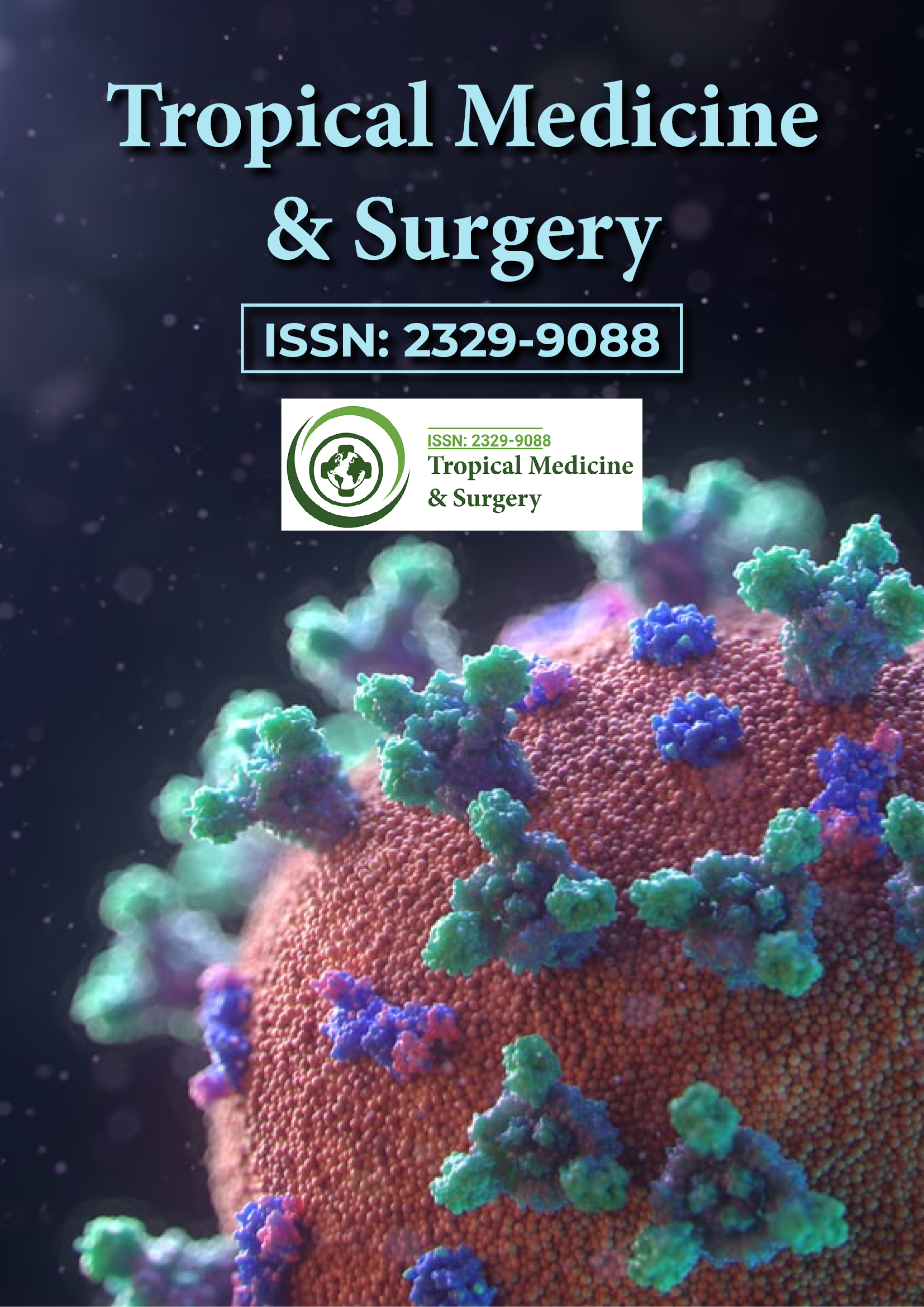Indexed In
- Open J Gate
- Academic Keys
- RefSeek
- Hamdard University
- EBSCO A-Z
- OCLC- WorldCat
- Publons
- Euro Pub
- Google Scholar
Useful Links
Share This Page
Journal Flyer

Open Access Journals
- Agri and Aquaculture
- Biochemistry
- Bioinformatics & Systems Biology
- Business & Management
- Chemistry
- Clinical Sciences
- Engineering
- Food & Nutrition
- General Science
- Genetics & Molecular Biology
- Immunology & Microbiology
- Medical Sciences
- Neuroscience & Psychology
- Nursing & Health Care
- Pharmaceutical Sciences
Abstract
Pathogenic Parameters Derived from Activated Platelets in Dengue Patients
Jih-Jin Tsai, Po-Chih Chen, Li-Teh Liu, Ko Chang, Ju-Han Yao, Hui-Mien Hsiao, Kristina B Clark, Yu Han Chen, Alan Yi-Hui Hsu and Guey Chuen Perng
Platelets have been recognized to be an integral part of human immune system. Hematologic disfunction, such as thrombocytopenia, is one of the most salient clinical features in dengue patients. Understanding the parameters released from activated platelets, involving in maintaining the delicate network, can provide a better picture of pathogenic cause of dengue. Ninety four dengue confirmed patients, 24 other febrile patients, and 12 healthy controls were enrolled to study. The parameters including the levels of polyphosphates, bradykinin, thyroxine, nitrite/ nitrate, platelet factor 4 (PF4), and serotonin, from the circulation of dengue patients were quantified by commercial ELISA kits and then compared to that from patients with other febrile illnesses, follow-up samples, and healthy controls. The following results were documented. Results 1. The levels of polyphosphates were on average 30% higher in acute dengue samples than healthy controls. 2. The levels of thyroxine, and nitrite/nitrate were significantly higher in acute dengue samples compared to that of other febrile, follow-up and healthy samples, while bradykinin was significantly lower. 3. The levels of PF4 were not different among samples of acute dengue, other febrile illness and follow-up, but were all significantly higher than the healthy controls. 4. The levels of serotonin were significantly higher in acute febrile stage compared to convalescent stage; while significantly lower than healthy subjects. The dynamic network of biochemical programs that coordinate to maintain hemostasis become unbalanced during and following dengue virus infection. Factors released from activated platelets may influence the vascular permeability
